|
By Lauren Koenig Have you ever been asked if you’re more of a night owl or a morning lark? The choice might actually be a trick question. Scientists are learning that many species are going about their day (and night) far differently than once thought. Mountain lions in Argentina, who typically grab a bite under the cover of darkness, are hunting more during the day and boldly out in the open, according to new research led by Dr. Justine Smith published August 27 in Ecology. It turns out this unexpected behavior is the mountain lions’ most recent move in a long-standing strategy game with their prey, vicuñas, the wild cousin of llamas and alpacas. Once vicuñas learned to avoid places where mountain lions hunt at night, the cats realized their best chance at getting a meal meant learning to hunt during the daytime. In spite of mountain lions showing a capacity for being behaviorally flexible, mountain lions that live alongside humans in other parts of the world still have the losing hand unless active measures are taken to share space and natural resources. Tracking and Setup Argentina’s San Guillermo National Park is where Smith, a specialist in human-wildlife conflict at University of California, Davis, does her research. Home to only one main predator and one main prey animal, the park is the next best thing to studying animals in a controlled lab setting. This is a rare thing when studying animals in their native habitat because the complexity of the natural world often makes it difficult to link cause and effect. Smith and her team fitted mountain lions and vicuñas with GPS collars that transmitted data showing where and when the animals moved around the park for nearly three years. They then developed a modeling technique to identify which data points indicate interactions between mountain lions and vicuñas. When the GPS collars sent back signals showing both animals spent several hours in the same place, Smith knew it’s not because they were enjoying quality time together – most likely, the mountain lion was dining on a hard-earned meal. The vicuñas in San Guillermo National Park usually meet their end at the jaws of a mountain lion. They are the cats’ favorite item on the menu by far; mountain lions actually kill double what they kill in other places with similarly sized prey, although the reason is still unclear. Strategy Games The game of cat and mouse, or vicuña in this case, plays out over three distinct landscapes: plains, canyons, and meadows. Mountain lions, who are ambush predators, prefer to hunt at night and in canyons, where they hide behind boulders and are nearly invisible while they stalk their prey. When the time is right, they can leap out from behind a rocky outcrop and catch an unsuspecting vicuña by surprise. To avoid making this fatal mistake, the vicuñas prefer to entrench themselves in the wide-open plains. There is no cover here for a mountain lion. Watchful vicuñas can make a break for it before a mountain lion arrives within striking distance. But safety comes at a cost - the barren plains offer little sustenance for the vicuñas. Eventually, both vicuñas and mountain lions must leave their preferred home base to find food. The only place left to pitch battle is the meadows. While meadows don’t offer the protection of the plains, vicuñas make the best of a bad situation by visiting this food source during daytime hours. Here they can gorge on sweet grass, taking comfort in the general rule of nature that ambush predators are unwilling to risk exposure under the bright light of day. The mountain lions in this park, however, defied the expectations of both the vicuñas and the researchers. With no more food available at night, mountain lions had no choice but to switch up their schedule and begin hunting vicuñas during off peak hours. Relying on the cover of darkness is also not their only trick. Mountain lions are incredibly adept at blending into short, sparse grasslands, seemingly invisible until they ambush the next oblivious vicuña. In the end, neither animal has the perfect strategy in which they can take advantage of their greatest strengths, but both are life-long learners. “It’s not that animals have consistent behaviors and are stuck in those behaviors,” said Smith. The relationship between predator and prey is always evolving. Vicuñas grazing in the plains, which have sparse vegetation (left) and a mountain lion hiding in the short meadow grass (right) (Image Credits: Justine Smith) Multiplayer Challenge Smith’s study pushes the boundaries of what we know about animal behavior by looking at how mountain lions evaluate risk and reward and change their behavior accordingly. “This system showed us that when the prey have good information and can only be in risky places during the daytime, it forces the predator to change its strategy,” said Smith. “You now see this new hunting behavior in the daytime…and how prey behavior could change this well-established behavioral profile.” This flexibility might benefit mountain lions in North America as more of their habitat becomes developed by humans. “It’s helpful to know that they’re capable of a lot of different hunting strategies,” Smith stated. If big cats are adaptable, there is greater potential for finding ways to solve human-wildlife conflict. Unfortunately, humans typically put more constraints on where animals feel comfortable, said Smith, who was part of another project showing that mountain lions in California's Central Coast need to hunt more prey to make up for increased activity at night. More animals are becoming nocturnal in order to avoid coming into contact with people, who are most active during the day. Prey animals, like deer, also flock to suburbs where big cats are unwelcome. Mountain lions therefore become more limited both by where and when they can find food. Once there is no common ground between predators and prey, no amount of creativity can help mountain lions survive a wilderness that’s out-of-stock. If you have any questions about this research or would like to learn more about it from the researchers involved, follow @JustineASmith on twitter and join the #SciComm community.
|
Archives
February 2023
DiscovHER BlogScientista DiscovHER is a blog dedicated to discovHERies made by women in science. Follow us for links to the latest resHERch! Categories
All Alexandra Brumberg Amy Chan Avneet Soin Chemistry Diana Crow Engineering Health/medicine Indulekha Karunakaran Iqra Naveed Johanna Weker Lidiya Angelova Michael Clausen Mind Brain And Behavior Muhammad Hamza Waseem Nikarika Vattikonda Opinion Prishita Maheshwari-Aplin Technology Uma Chandrasekaran |
The Network for Pre-Professional Women in Science and Engineering
The Scientista Foundation is a registered 501(c)(3) -- Donate!

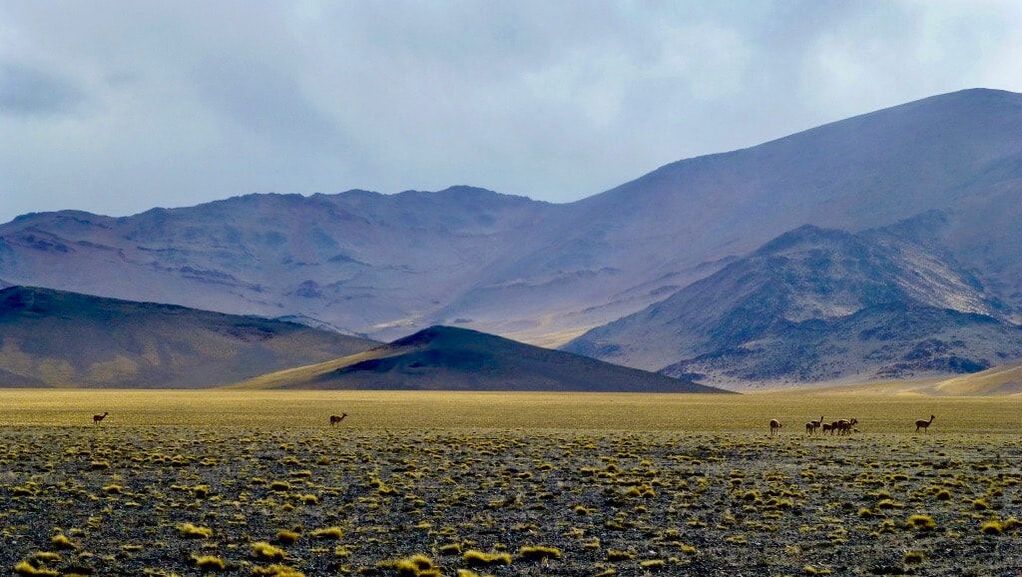
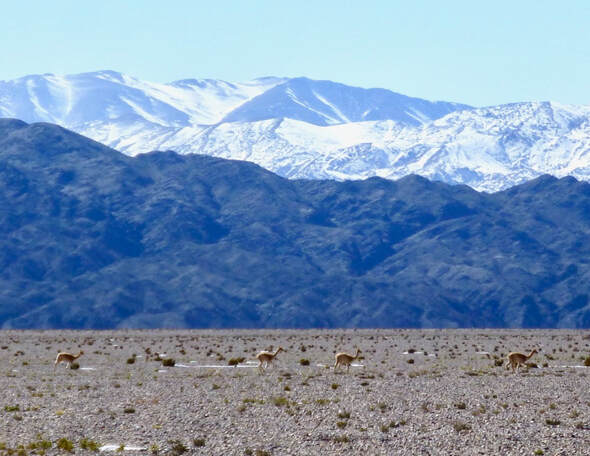
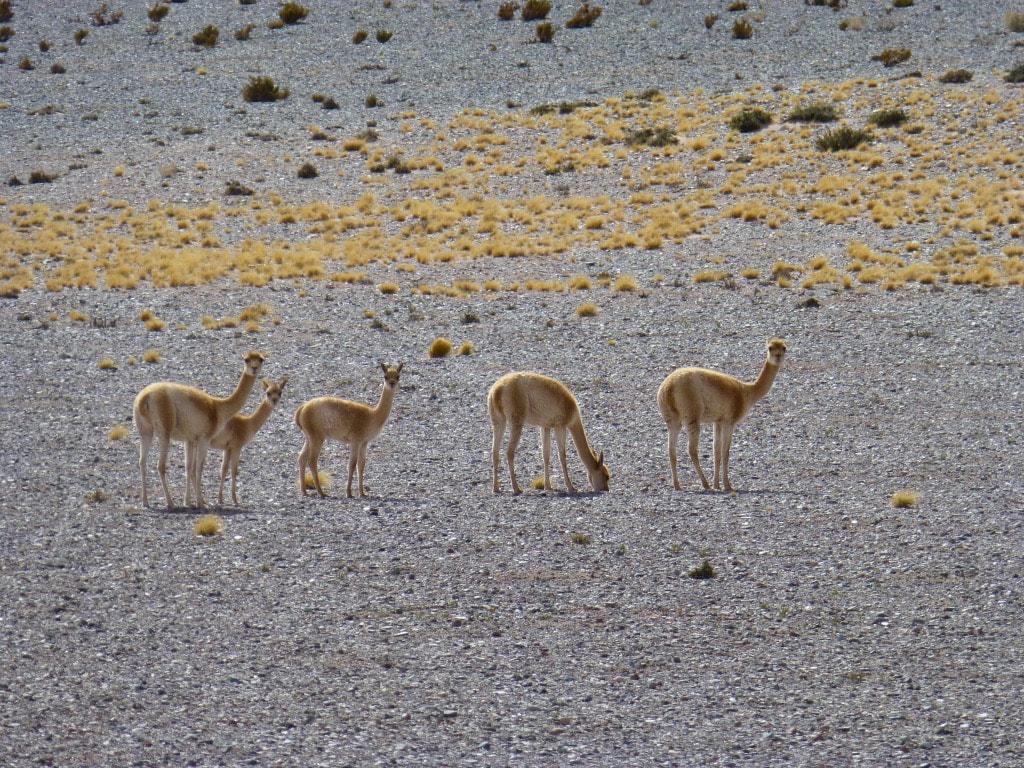
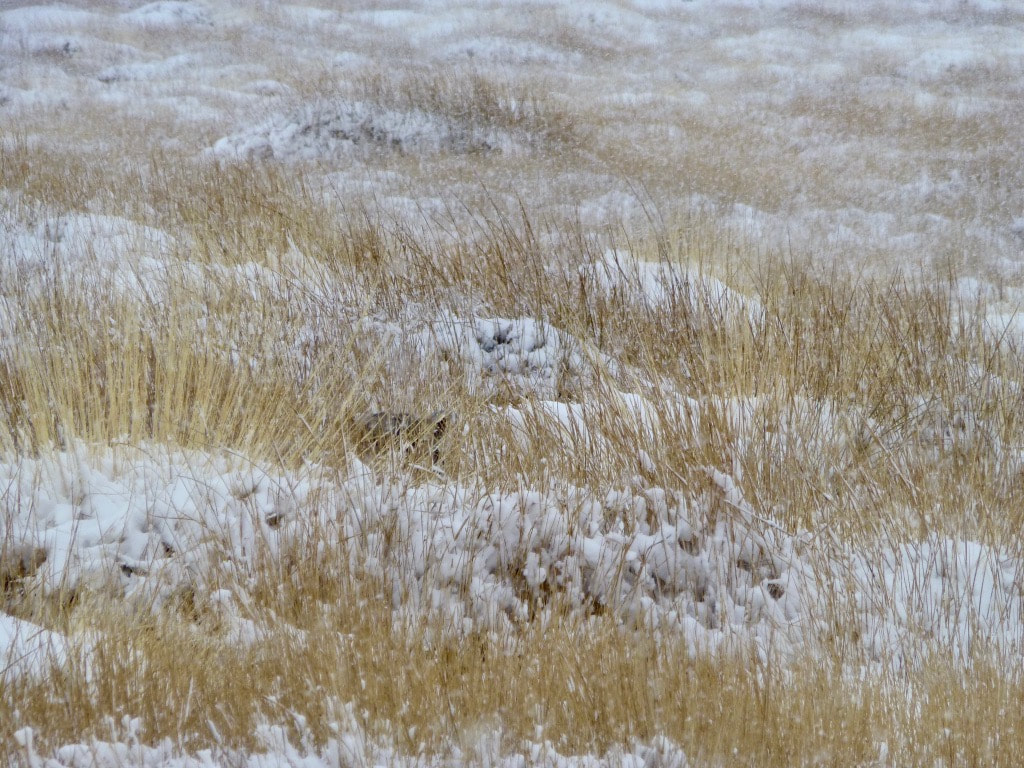
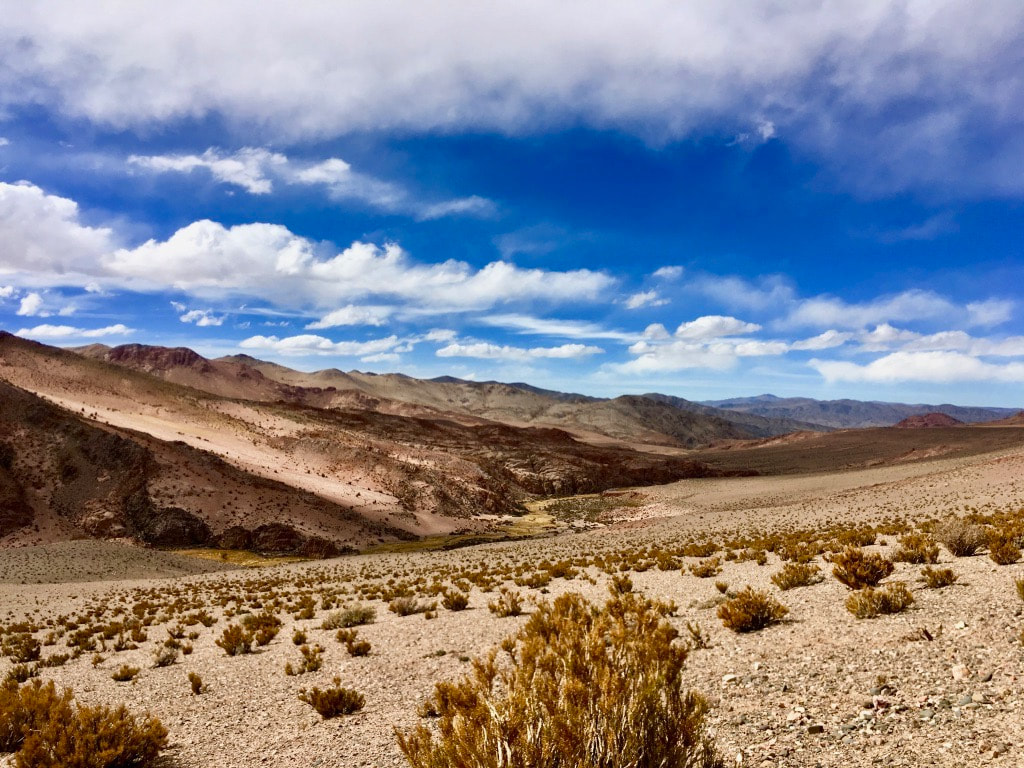

 RSS Feed
RSS Feed